Piotr Franciszek Orzechowski
Decision-making for automated vehicles using a hierarchical behavior-based arbitration scheme
Mar 02, 2020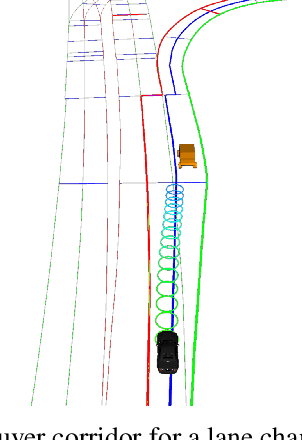
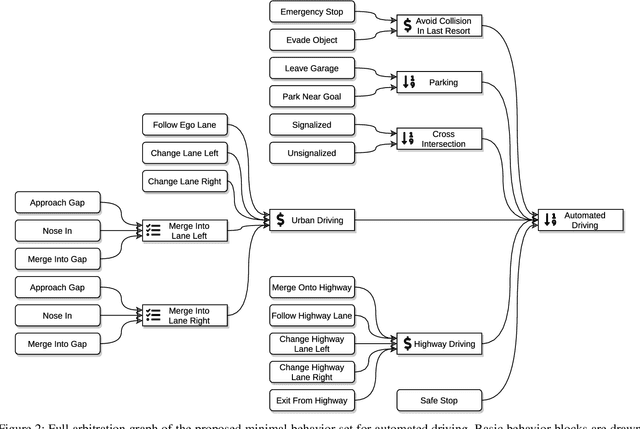

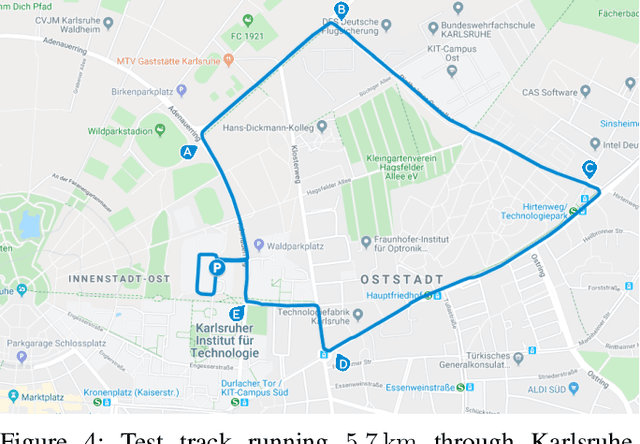
Abstract:Behavior planning and decision-making are some of the biggest challenges for highly automated systems. A fully automated vehicle is confronted with numerous tactical and strategical choices. Most state-of-the-art automated vehicle platforms implement tactical and strategical behavior generation using finite state machines. However, these usually result in poor explainability, maintainability and scalability. Research in robotics has raised many architectures to mitigate these problems, most interestingly behavior-based systems and hybrid derivatives. Inspired by these approaches, we propose a hierarchical behavior-based architecture for tactical and strategical behavior generation in automated driving. It is a generalizing and scalable decision-making framework, utilizing modular behavior components to compose more complex behaviors in a bottom-up approach. The system is capable of combining a variety of scenario- and methodology-specific solutions, like POMDPs, RRT* or learning-based behavior, into one understandable and traceable architecture. We extend the hierarchical behavior-based arbitration concept to address scenarios where multiple behavior options are applicable but have no clear priority against each other. Then, we formulate the behavior generation stack for automated driving in urban and highway environments, incorporating parking and emergency behaviors as well. Finally, we illustrate our design in an explanatory evaluation.
Tackling Occlusions & Limited Sensor Range with Set-based Safety Verification
Oct 01, 2018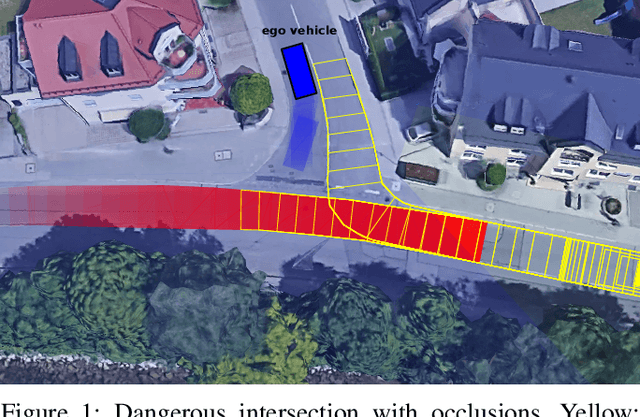
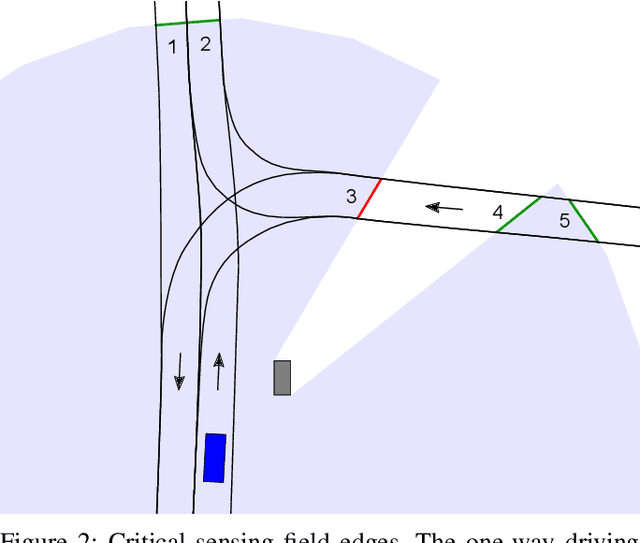
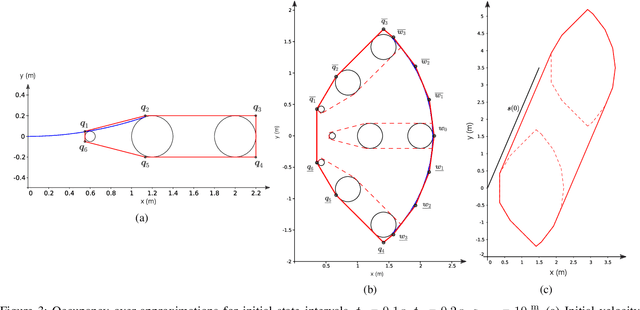

Abstract:Provable safety is one of the most critical challenges in automated driving. The behavior of numerous traffic participants in a scene cannot be predicted reliably due to complex interdependencies and the indiscriminate behavior of humans. Additionally, we face high uncertainties and only incomplete environment knowledge. Recent approaches minimize risk with probabilistic and machine learning methods - even under occlusions. These generate comfortable behavior with good traffic flow, but cannot guarantee safety of their maneuvers. Therefore, we contribute a safety verification method for trajectories under occlusions. The field-of-view of the ego vehicle and a map are used to identify critical sensing field edges, each representing a potentially hidden obstacle. The state of occluded obstacles is unknown, but can be over-approximated by intervals over all possible states. Then set-based methods are extended to provide occupancy predictions for obstacles with state intervals. The proposed method can verify the safety of given trajectories (e.g. if they ensure collision-free fail-safe maneuver options) w.r.t. arbitrary safe-state formulations. The potential for provably safe trajectory planning is shown in three evaluative scenarios.
 Add to Chrome
Add to Chrome Add to Firefox
Add to Firefox Add to Edge
Add to Edge